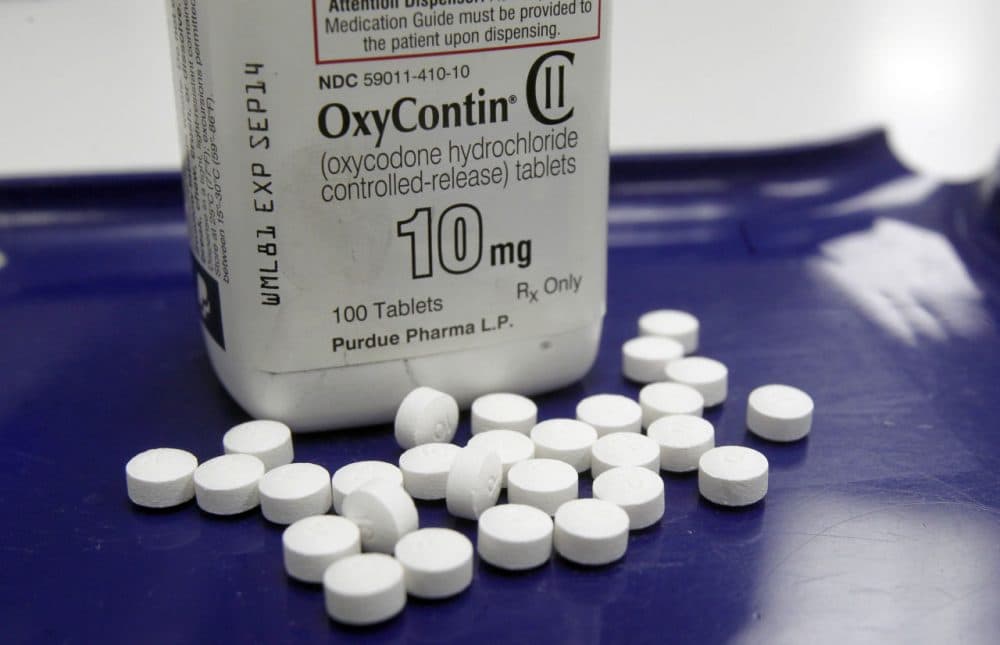Advertisement
Teaching Opioid Prescription And Addiction Prevention In Mass. Medical Schools
Resume
Massachusetts' four medical schools announced their plans Monday to increase their instruction on the prevention and treatment of prescription drug abuse as a part of Gov. Charlie Baker's effort to curb opioid addiction.
Under the new training, medical students will learn how to assess and explain the risk of addiction before prescribing painkillers and how to manage substance abuse as a chronic illness.
The schools, in collaboration with the Massachusetts Medical Society and state Public Health Commissioner Dr. Monica Bharel developed a list of 10 core competencies that will inform the training.
Guests
Dr. Karen Antman, dean of the Boston University School of Medicine.
Dr. Henry Dorkin, vice president of the Massachusetts Medical Society.
More
The Boston Globe: Medical Schools To Bolster Opioid Lessons
- "The agreement aims to ensure that all medical students can tell if a patient is at risk of addiction to painkillers; know alternatives to opioids for treating pain; are familiar with ways to treat addiction; can develop treatment plans for pain and for addiction; are aware of their biases against people with substance use disorders; and know how to counsel people on behavior change."
The New York Times: How Doctors Helped Drive The Addiction Crisis
- "Driving this opioid epidemic, in large part, is a disturbing change in the attitude within the medical profession about the use of these drugs to treat pain. Traditionally, opioid analgesics were largely used to treat pain stemming from terminal diseases like cancer, or for short-term uses, such as recovering from surgery. But starting in the 1990s, there has been a vast expansion in the long-term use of opioid painkillers to treat chronic nonmalignant medical conditions, like low-back pain, sciatica and various musculoskeletal problems."
The New Yorker: Who Is Responsible For The Pain-Pill Epidemic?
- "By 2010, the United States, with about five percent of the world’s population, was consuming 99 percent of the world’s hydrocodone (the narcotic in Vicodin), along with 80 percent of the oxycodone (in Percocet and OxyContin), and 65 percent of the hydromorphone (in Dilaudid)."
This segment aired on November 9, 2015.